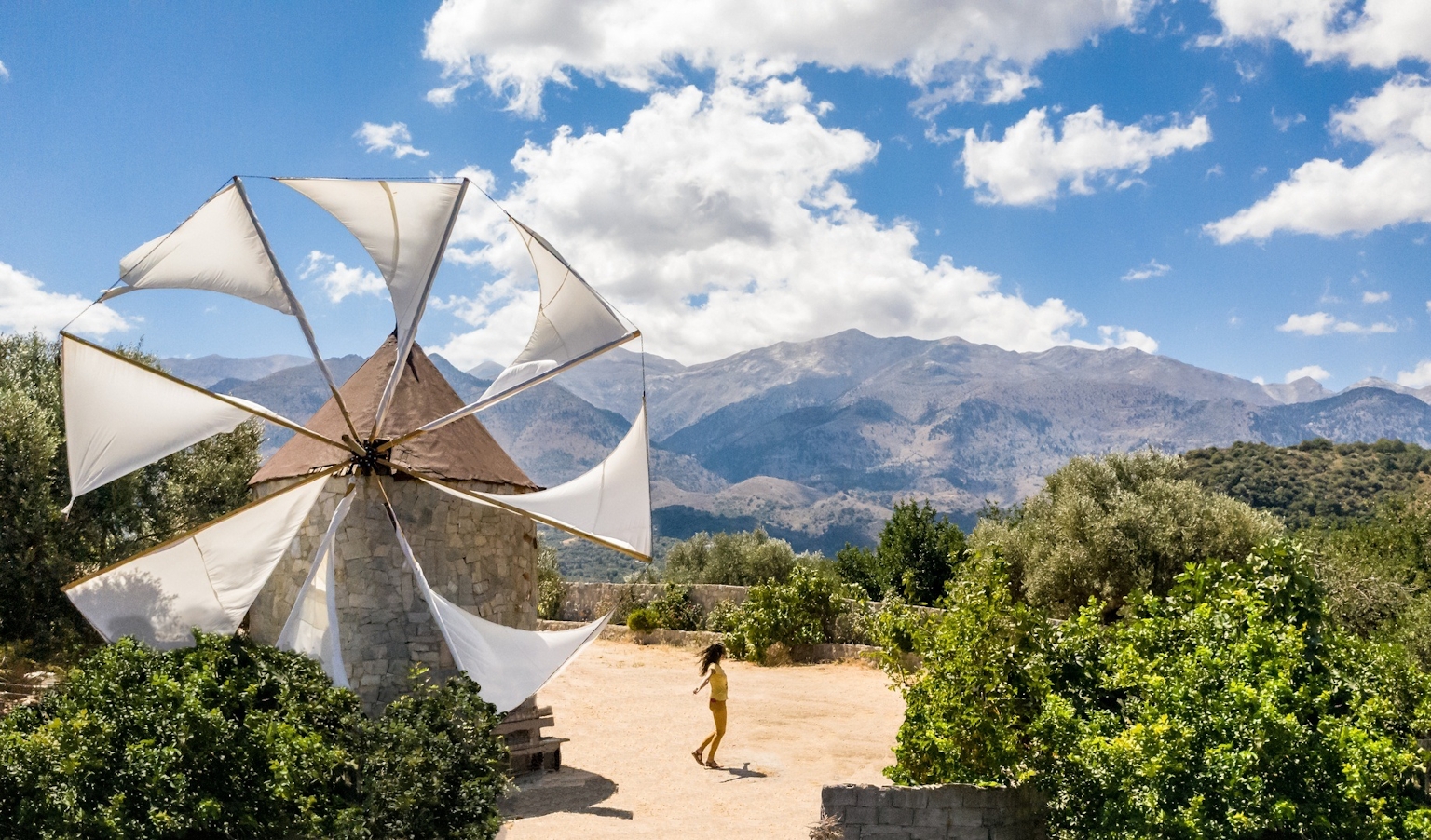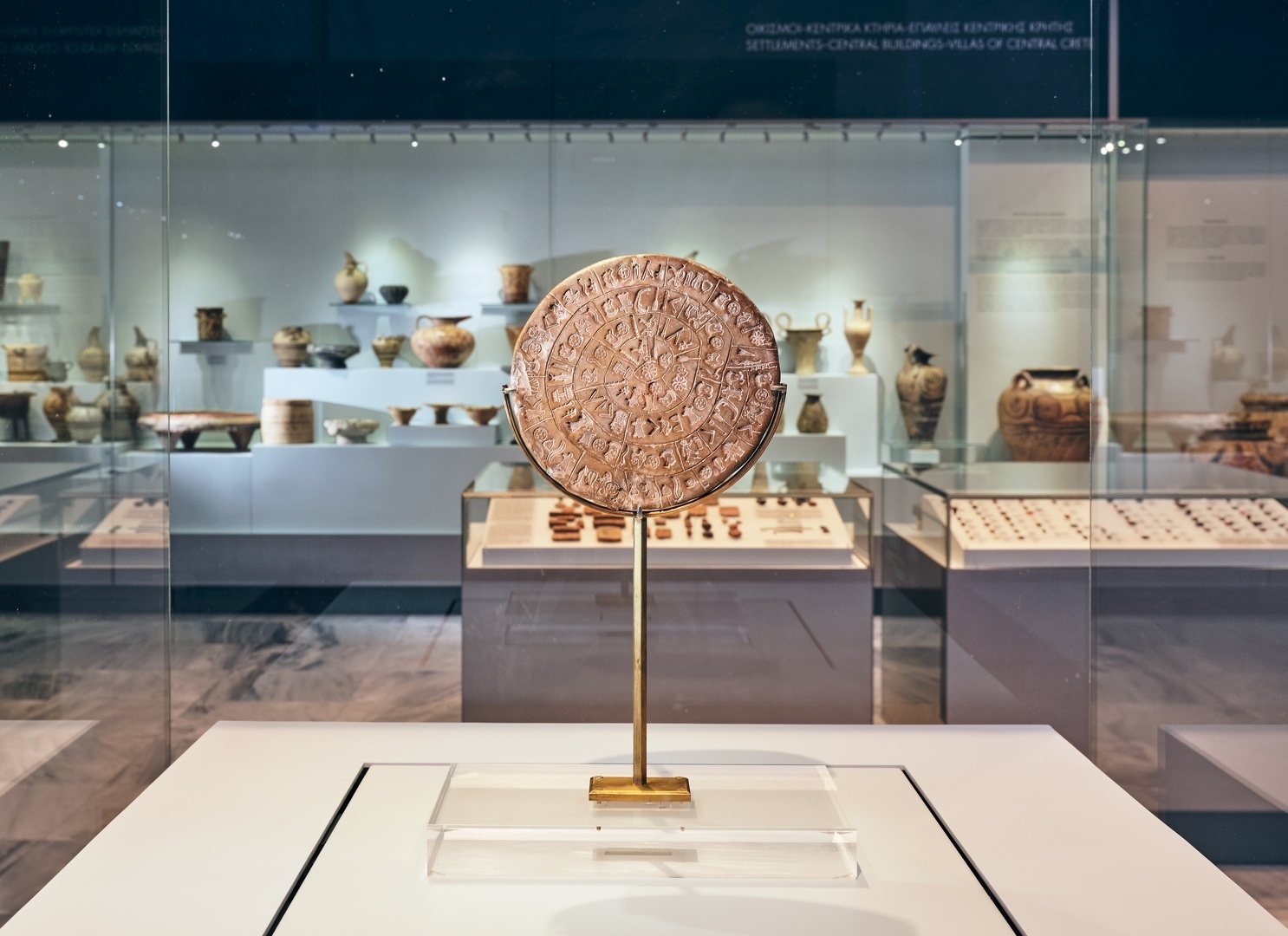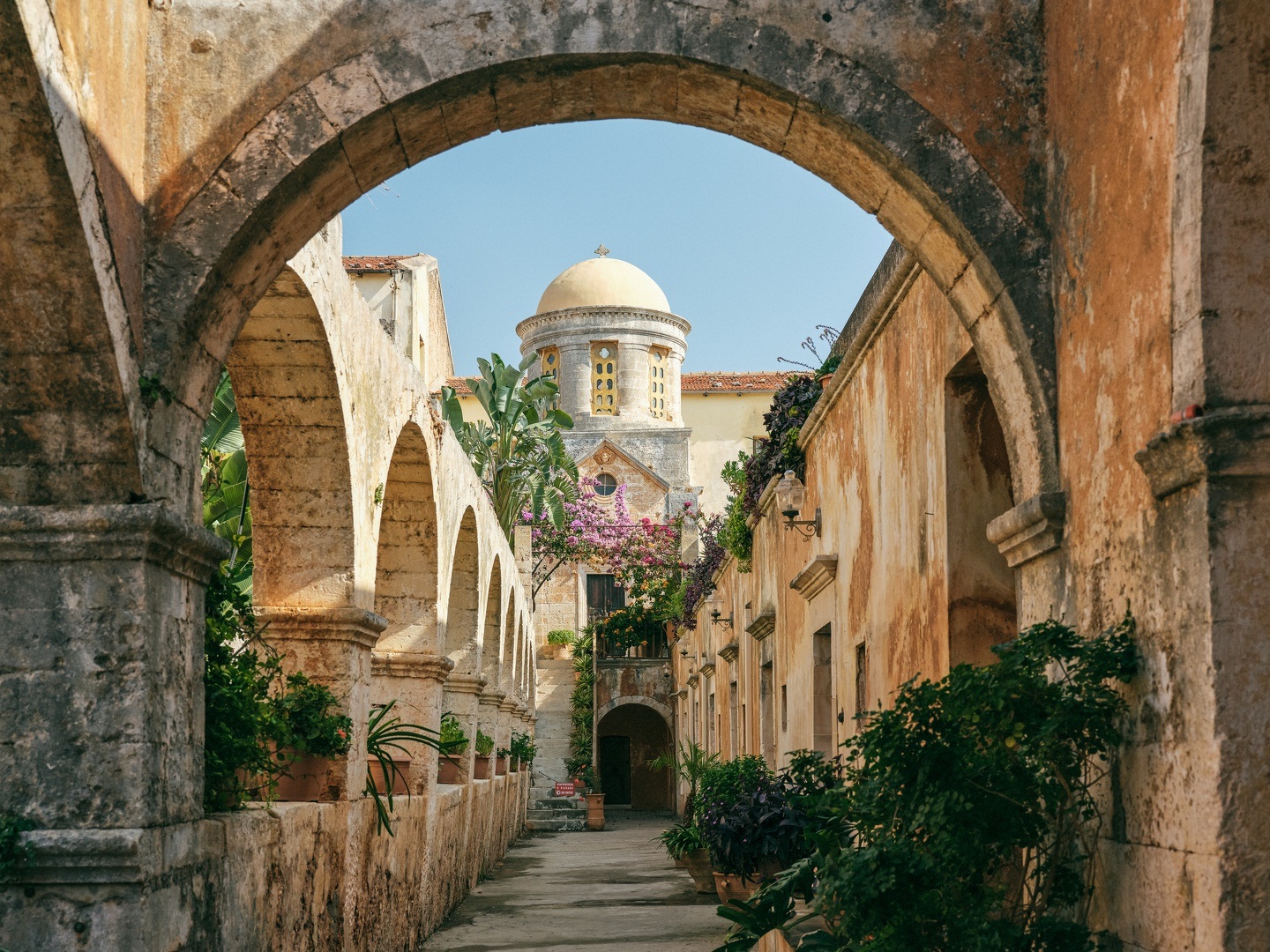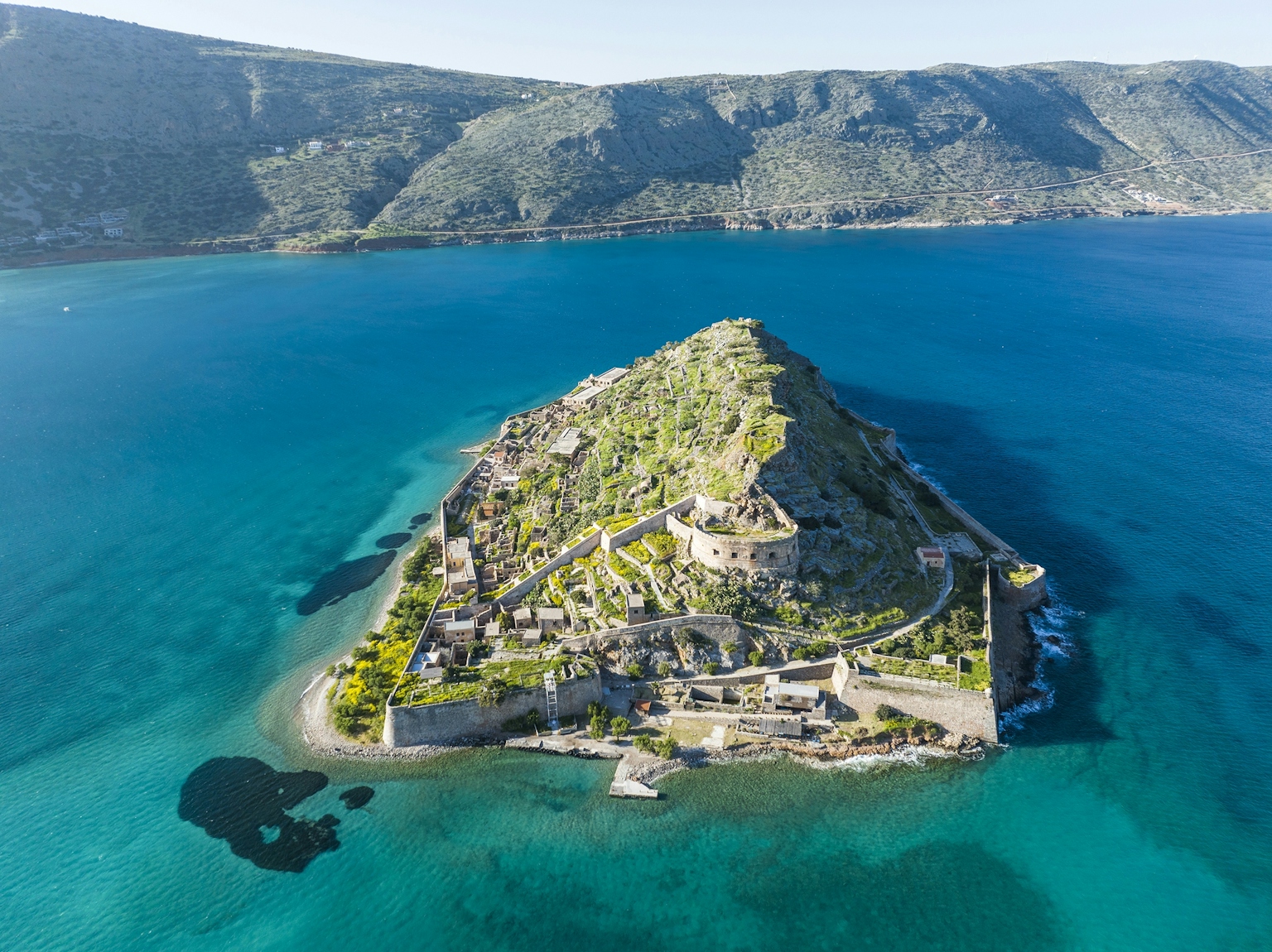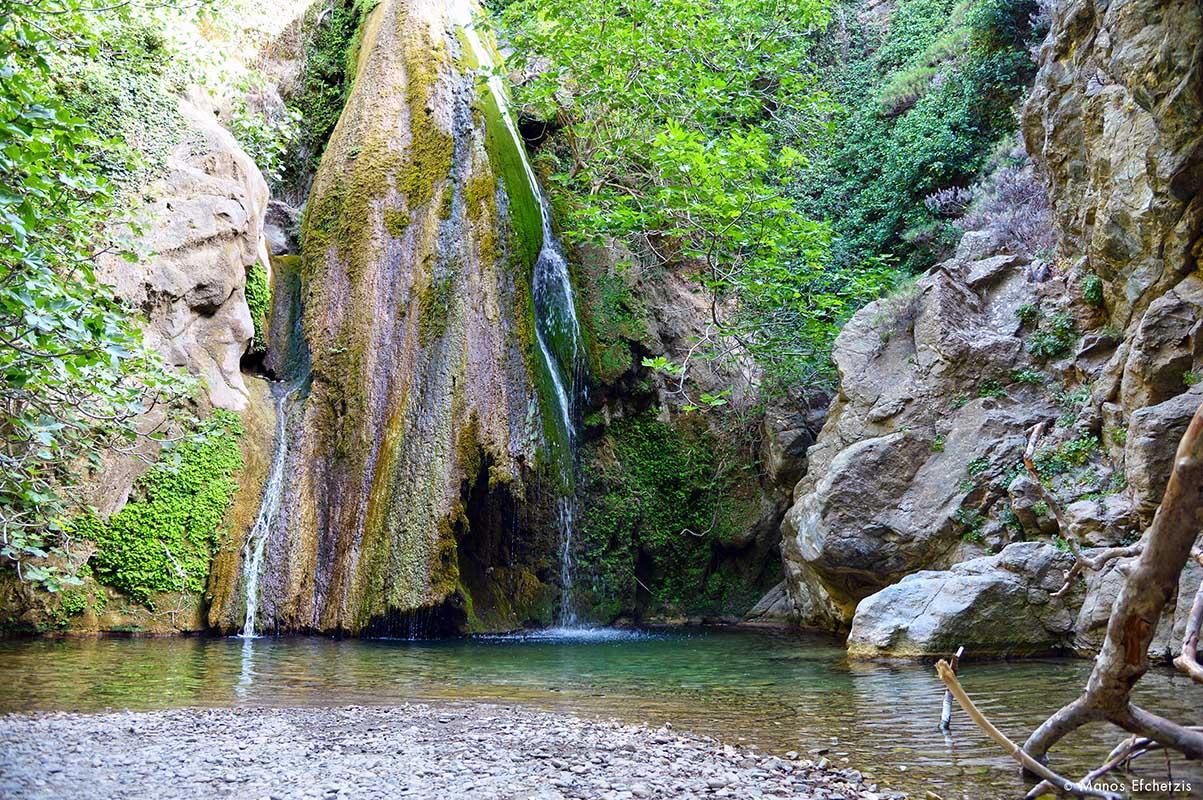
One of the Oldest Ways to Roast

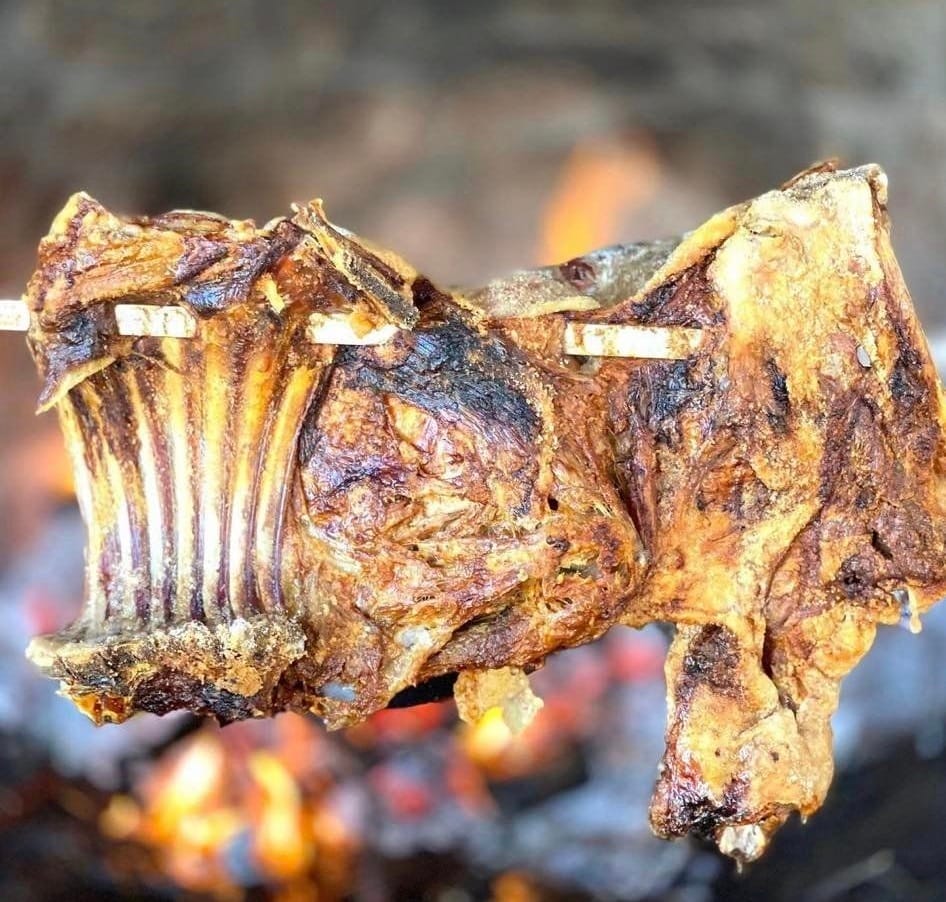
Antikristo—or ofto, as it's also called—is one of the most ancient and elemental ways to cook meat. It's a method born from the mountains of Crete, where shepherds would prepare lamb not with marinades or spices, but with fire, salt, and time.
When the herders wanted to roast meat, they would slaughter a young, fatty lamb and cut it into thick pieces, called goulidia. The meat was then salted generously with bourbadalatsos, the coarse local salt, and left to absorb the flavour. Each piece was skewered onto long wooden sticks.
Then came the fire. A pit was dug in the ground, large stones were placed around it, and a strong fire was lit in the centre. The skewers were balanced across the stones, positioned to face the flames directly but without touching them—hence the name antikristo, meaning “opposite.”
The cooking takes patience. The fire must stay steady—not too fierce, not too low—and the meat roasts slowly for up to two hours. Once it's browned on one side, the skewers are turned to finish on the other. That’s it. No basting, no flipping back and forth. Just pure lamb, salt, fire and air.
Ingredients:
-
A fatty, one-year-old lamb (preferably the front part with the ribs), cut into four thick pieces
-
Coarse salt
Method:
Light the fire. Salt the meat well on both sides and let it absorb the salt. Skewer each piece on a sharp wooden stick or spit.
Secure the skewers opposite the fire, at a distance of 80 cm to 1 metre, depending on wind direction. Maintain a medium flame—neither blazing nor dying out.
Let the meat cook without moving the skewers for about 1.5 to 2 hours. Once golden on one side, rotate them to finish the other.
This is cooking stripped down to its essence, and the flavour speaks for itself.
Local Cretan terms:
-
Bourbadalatsos: coarse salt
-
Goulidia: meat pieces
Recipe shared by Lena Igoumenaki, President of the Cretan Cuisine Festival Association.
Cretan Cuisine Festival

Mizithropites: Authentic Cretan Pies
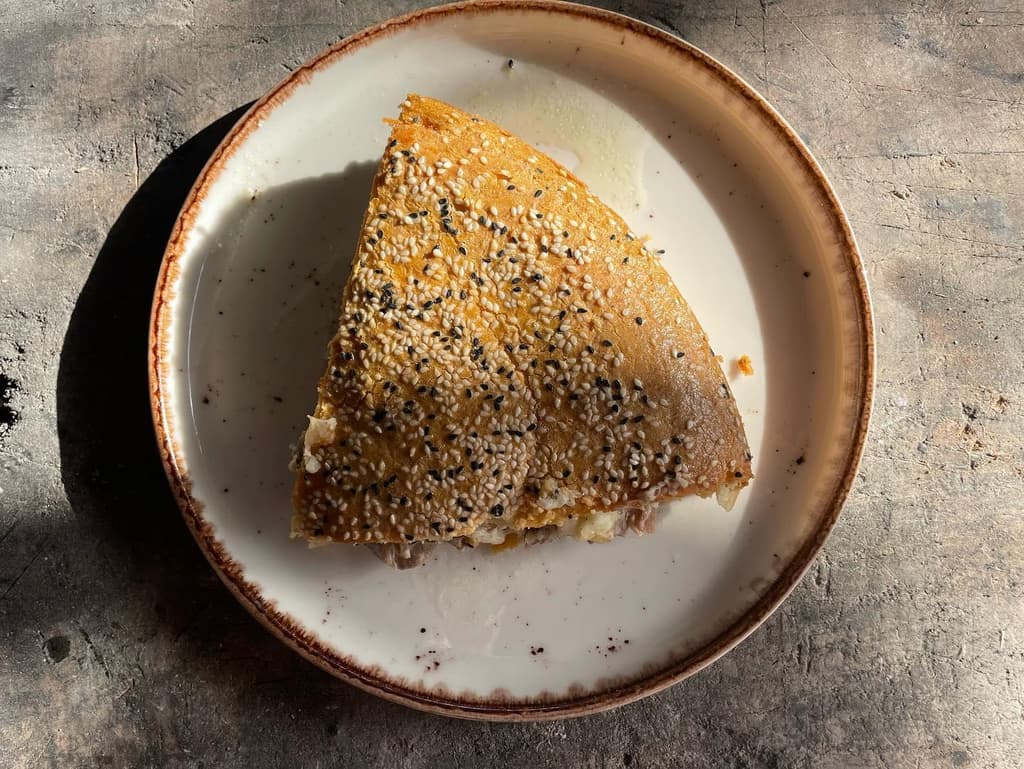
Meat cake
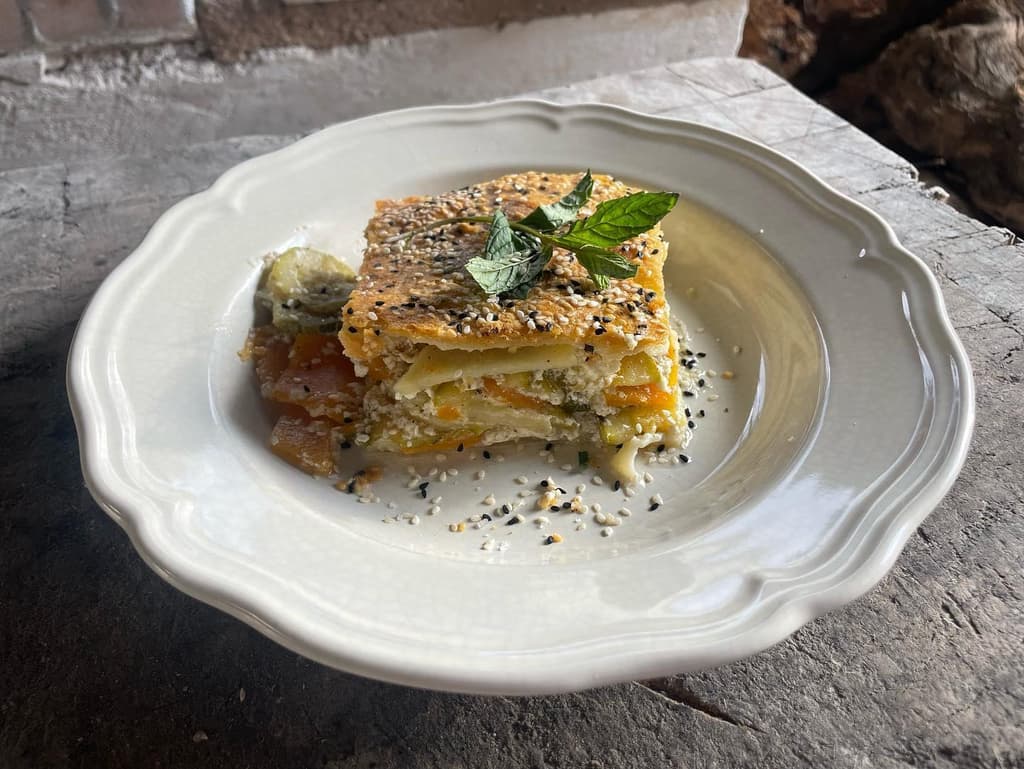
Chania Boureki or Courgette Boureki
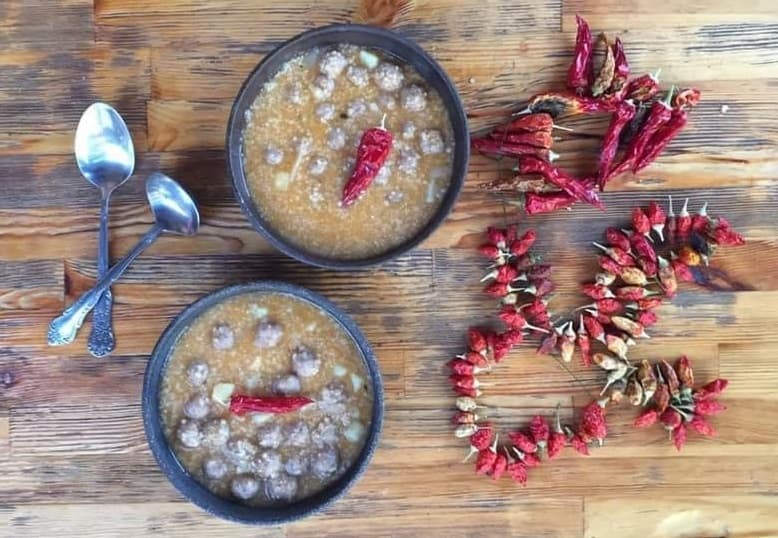
Topia (Balls)

The Traditional 'Bread of the Year'

Snails with Broad Beans and Artichokes

Cretan Ospriada or Palikaria (A Legume Dish)
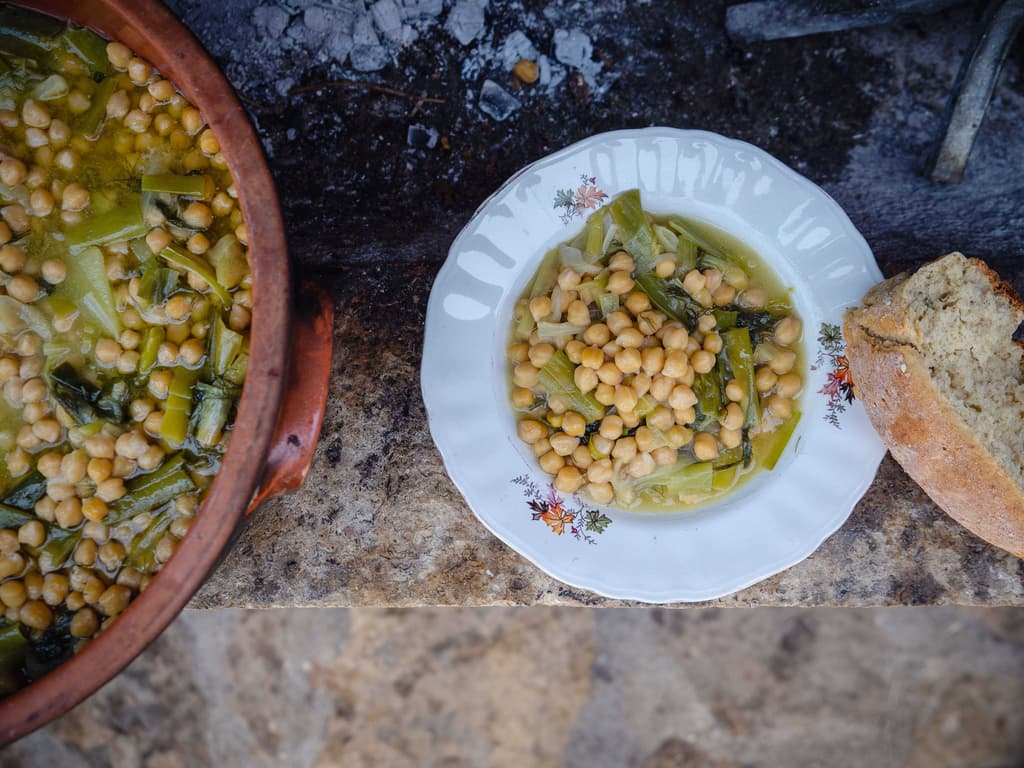
Chickpeas with Wild Leeks, Flour and Lemon Sauce

Pies with ‘Yachnera’ Greens

Fennel Pie

Sfakian Pie or Sfakianopita

Biscuits with Sesame Seeds

Sweet Rice Pie or 'Tzoulamas'

Apostoli White-Eyed Bean

Almond-Infused Goat Dish with Fennel: A Fresh Delight

Lazarosavato
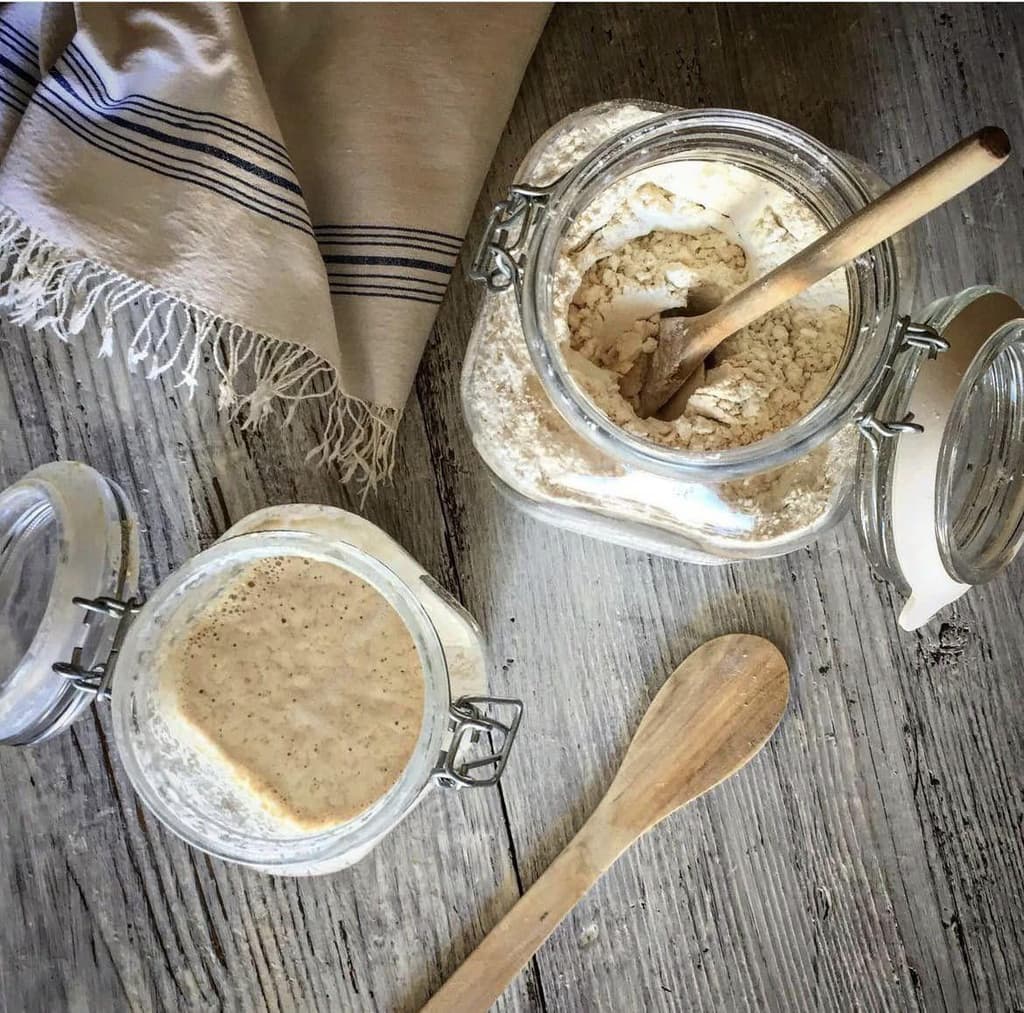
The Holy Week Sourdough

Nerati Mizithropita

Easter Eggs

Kalikota

Stuffed Courgette Flowers

Stuffed Vine Leaves

Cracked Wheat and Snails

Chochli Boubouristi (Snails Face Down)

Mangiri
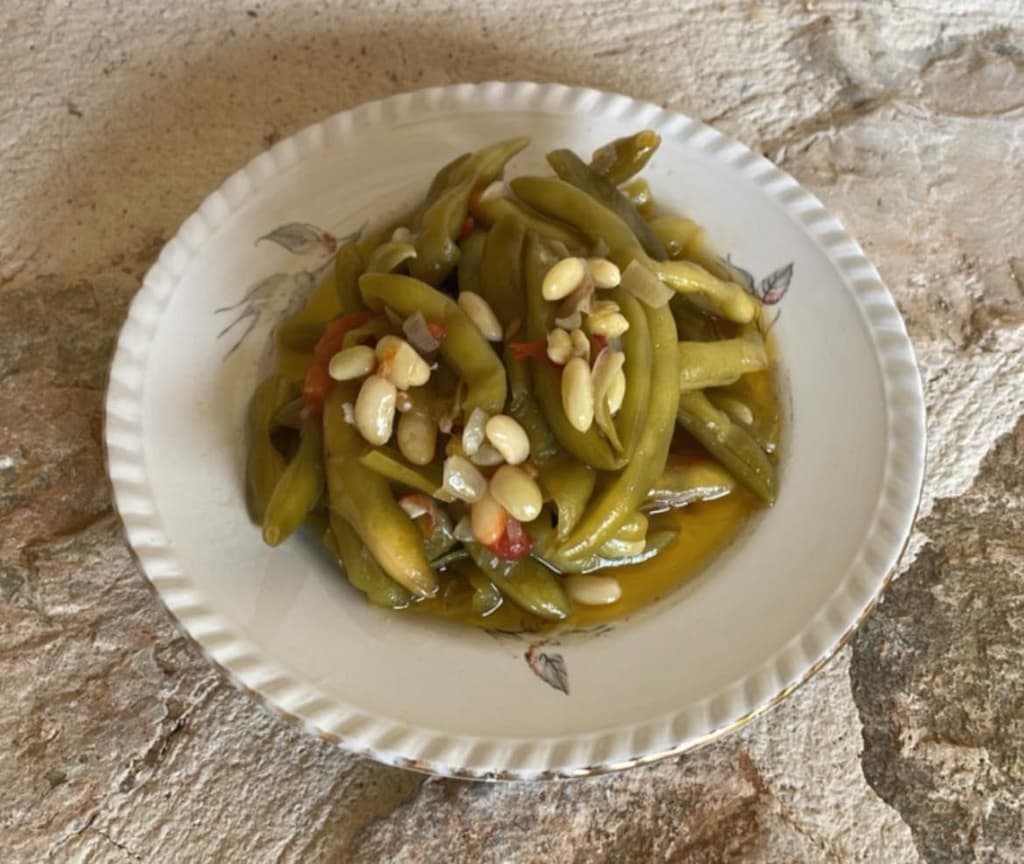
Symian Bean

Cretan Pilaf
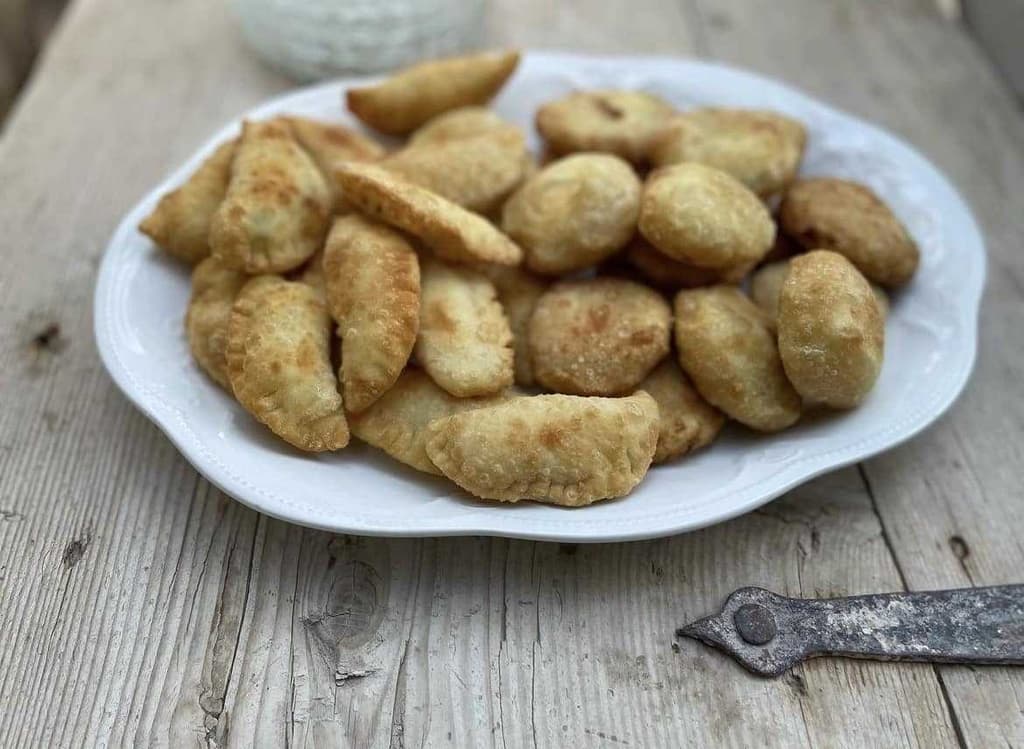
Rethymno Water Pies
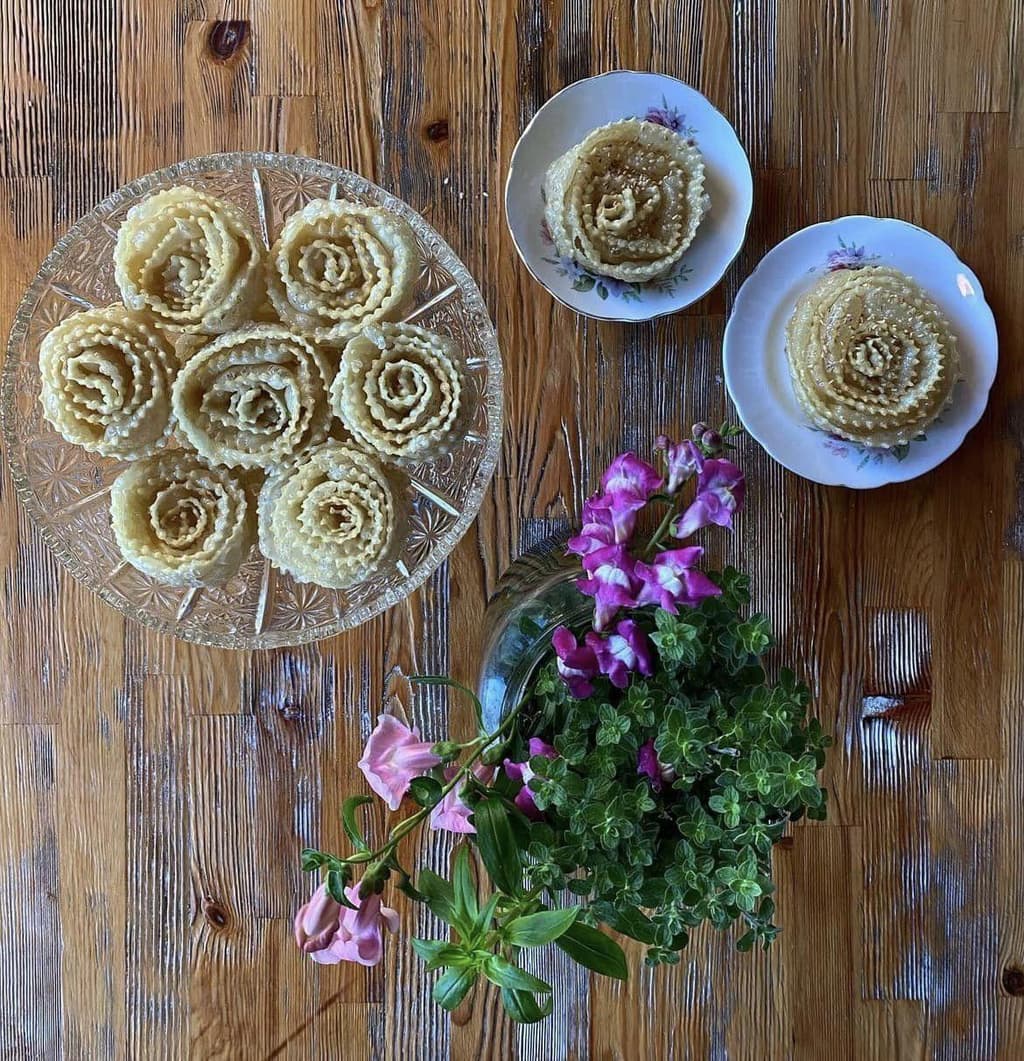
Xerotigana
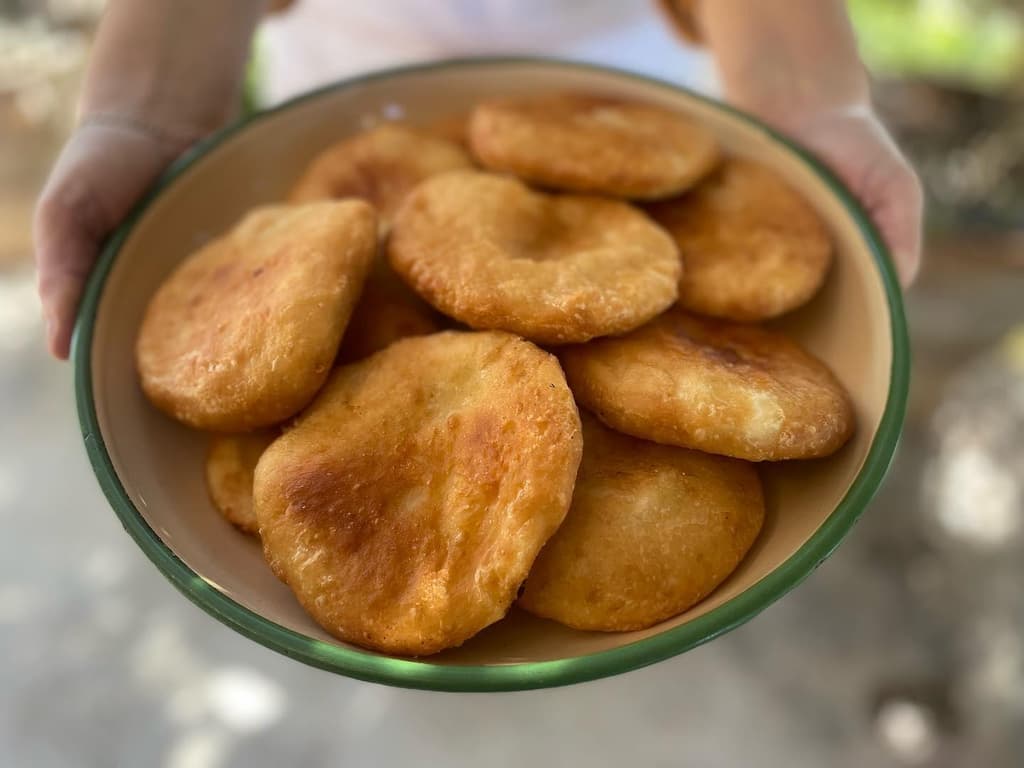
Agnopites
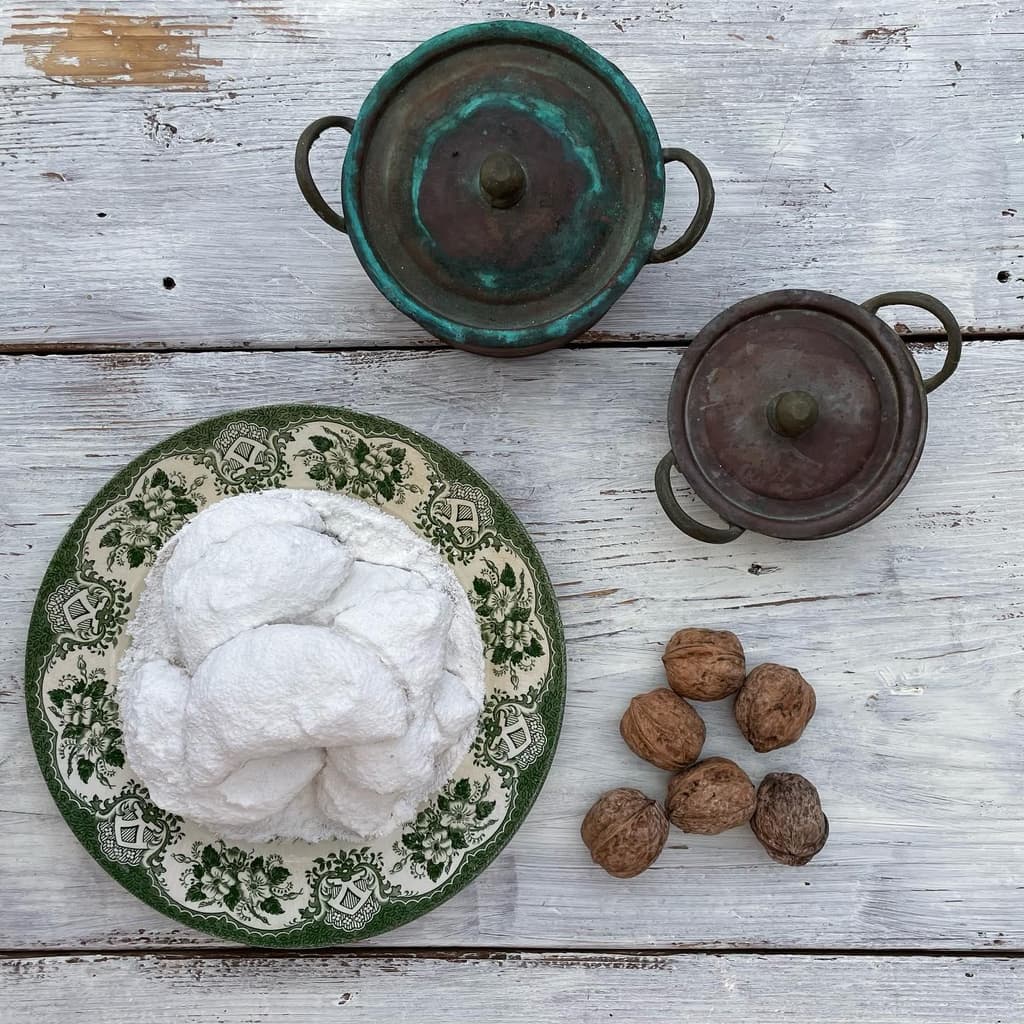
Patoudo

Safidota
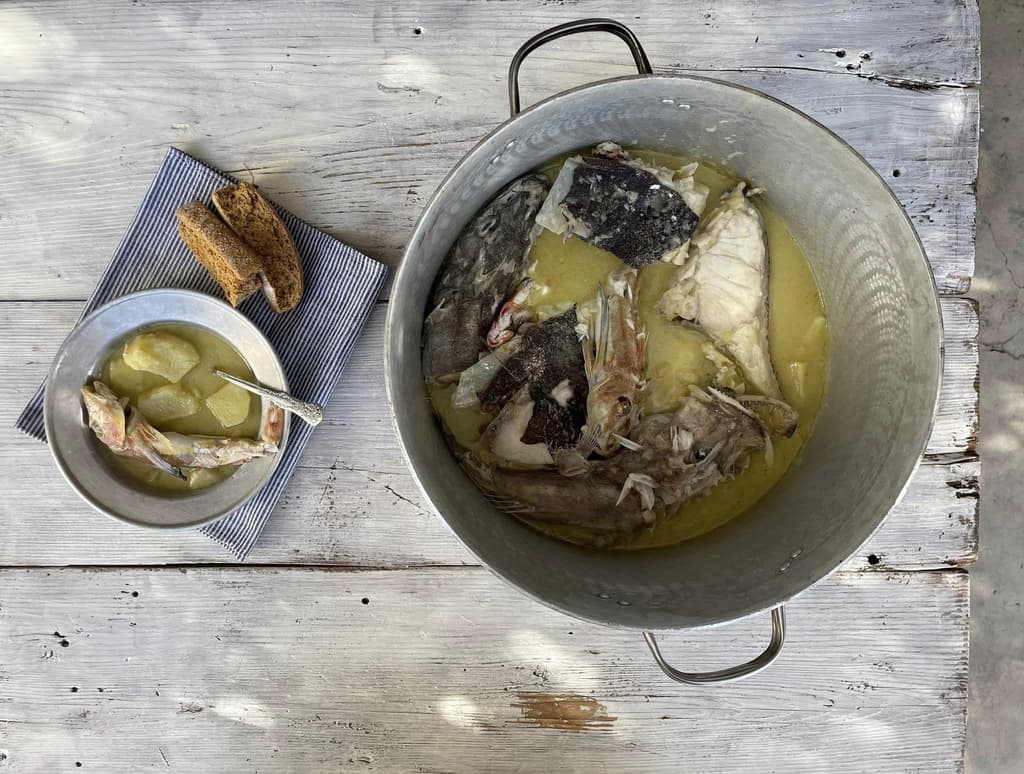
Kakavia (Fish Soup)

Cretan Greek salad

The Sweet Bounty of the Cretan Harvest

Okra and Unripe Grape

Kapriko
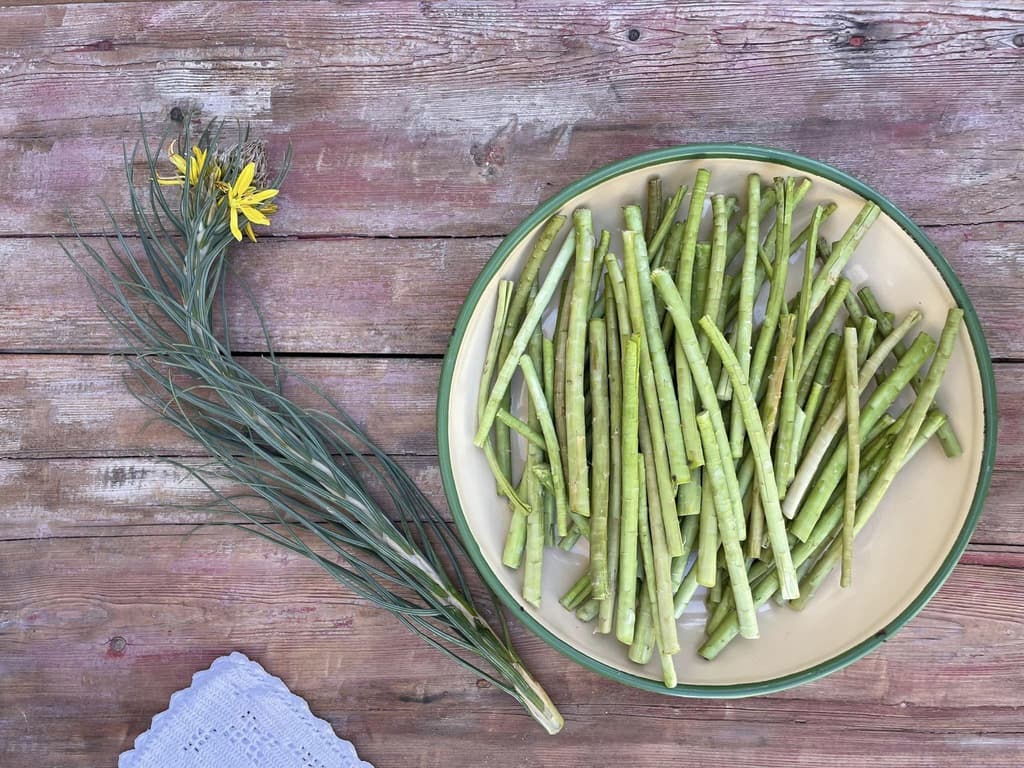
Discovering and Cooking Asphodelaceae: A Taste of Local Cuisine
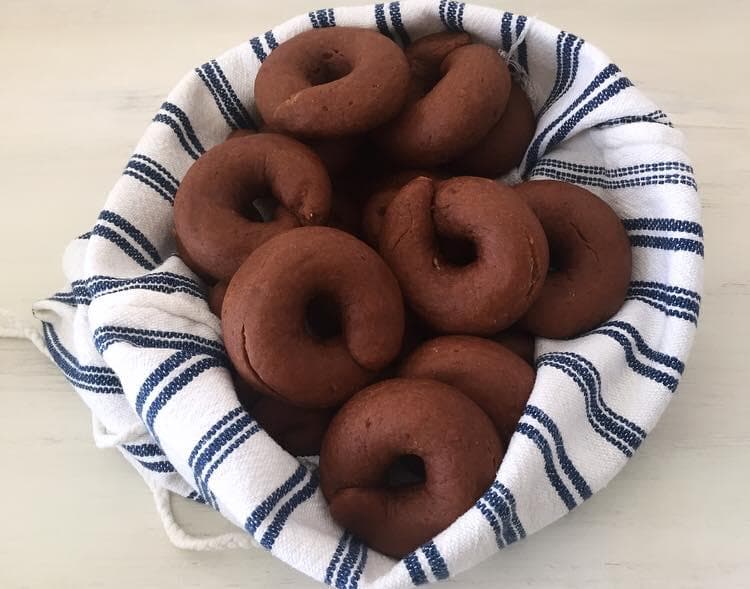
Moustokouloura

Pie with 'Yachnera' Greens: Baked to Perfection
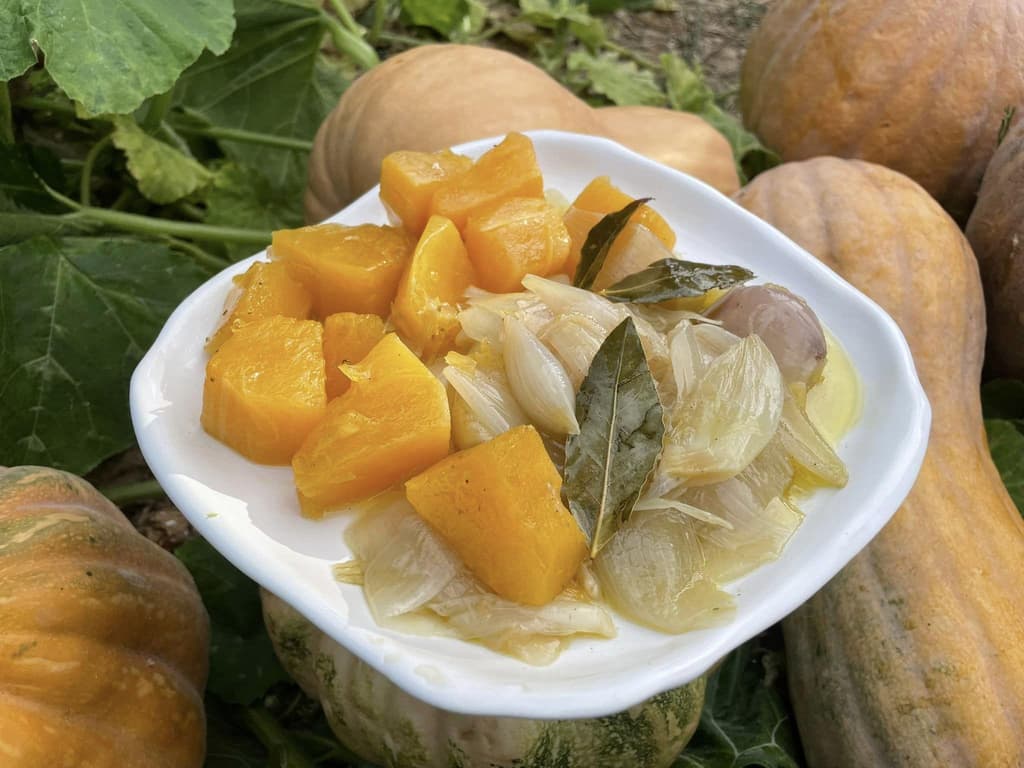
Pumpkin Stifado
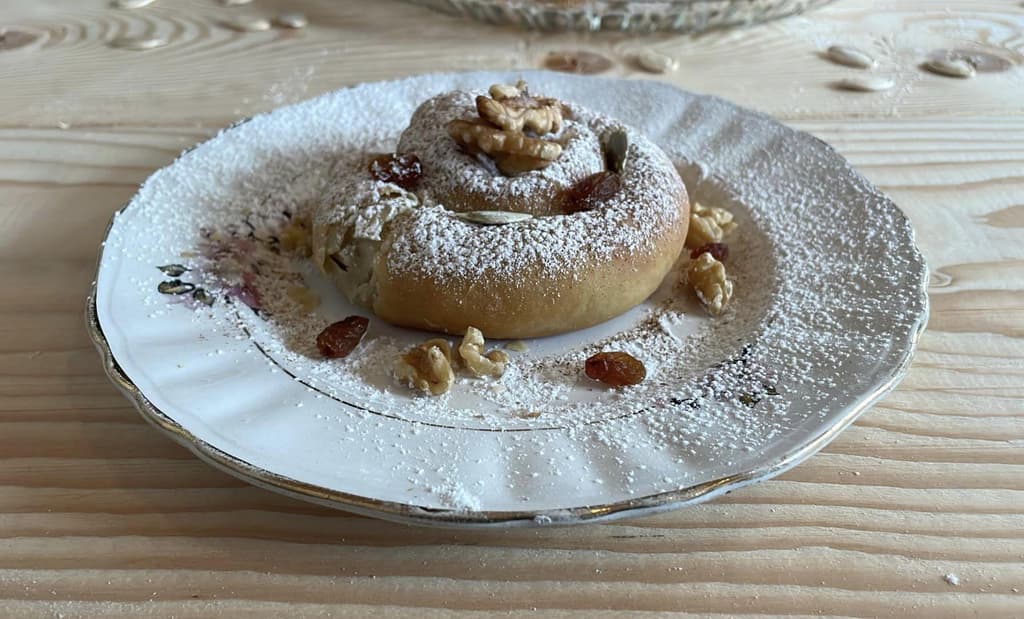
Sweet Pumpkin Pies with Raki Leaves (Oven)

Xinochondros: Sour Bulgur Pasta
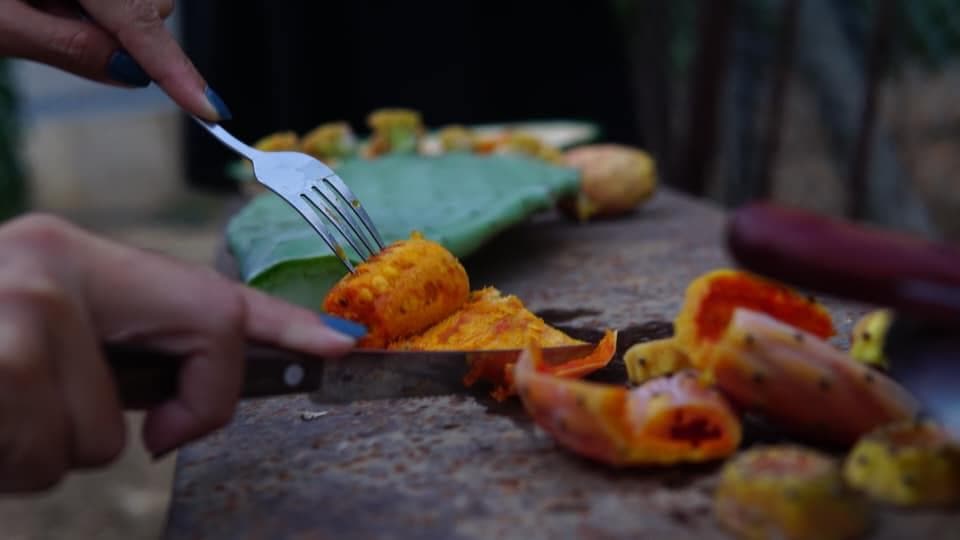
Prickly Pear or Indian Fig
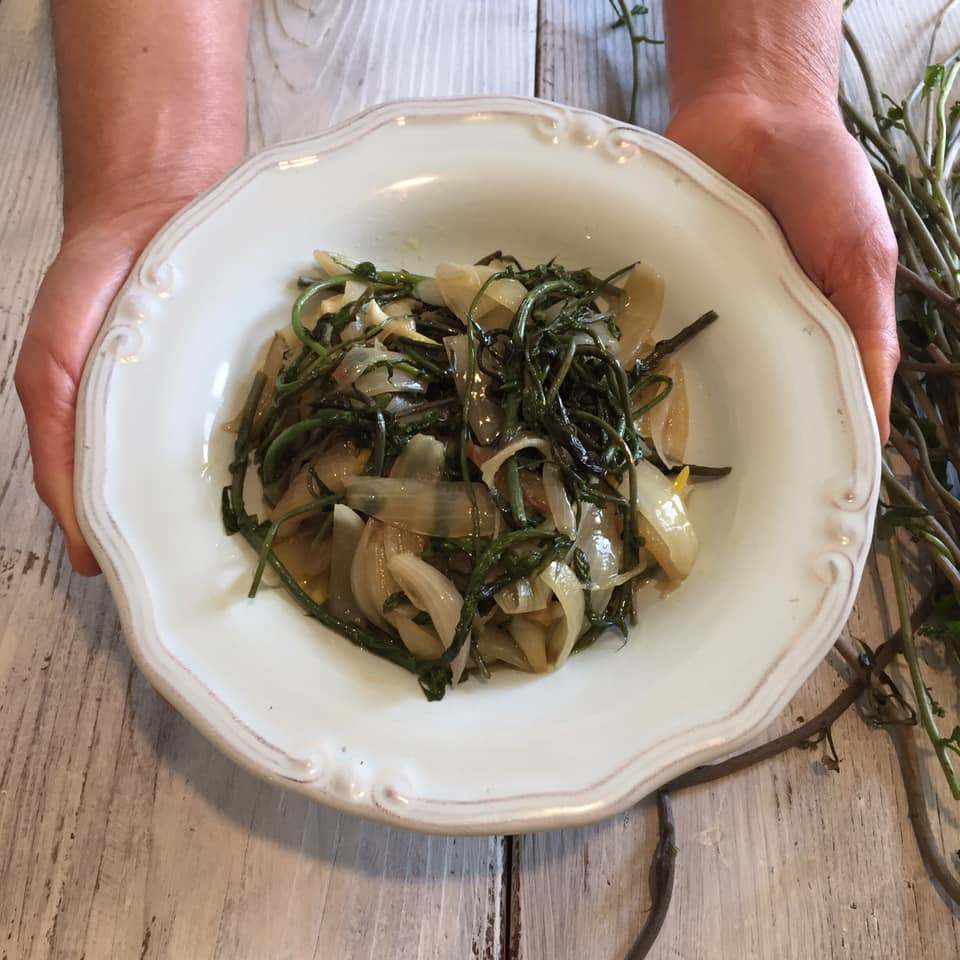
Black Bryony

Tahini Soup without Oil

Chylofta with Milk

Tyrozouli or Cretan Home Cheese

Pickled Tassel Hyacinth

Sourdough Dagoulakia
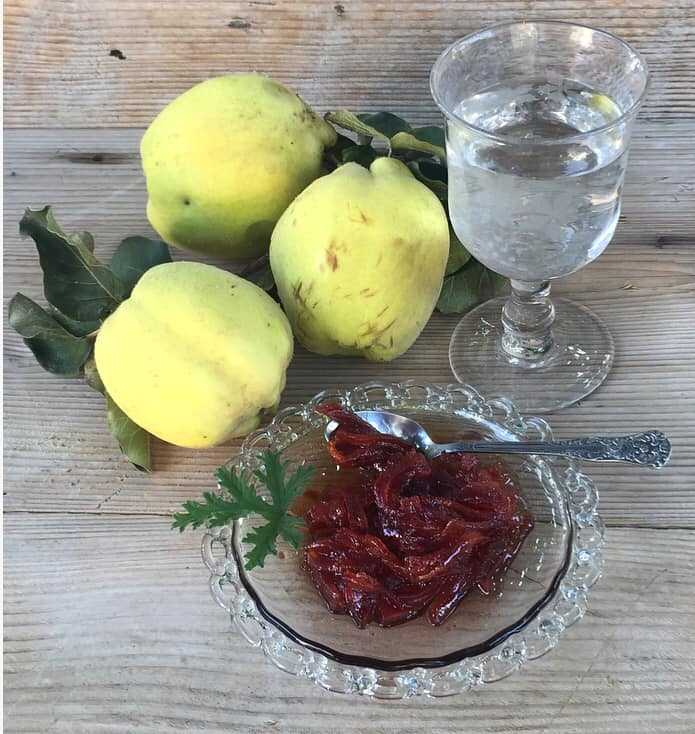
Quince Confection

Delicious Homemade Treat with Lemon Blossoms

Tiganopites: Greek Fried Pies

Dietary Practices in 17th Century Crete

Lychnarakia

Lazarakia

Kalitsounia from Chania
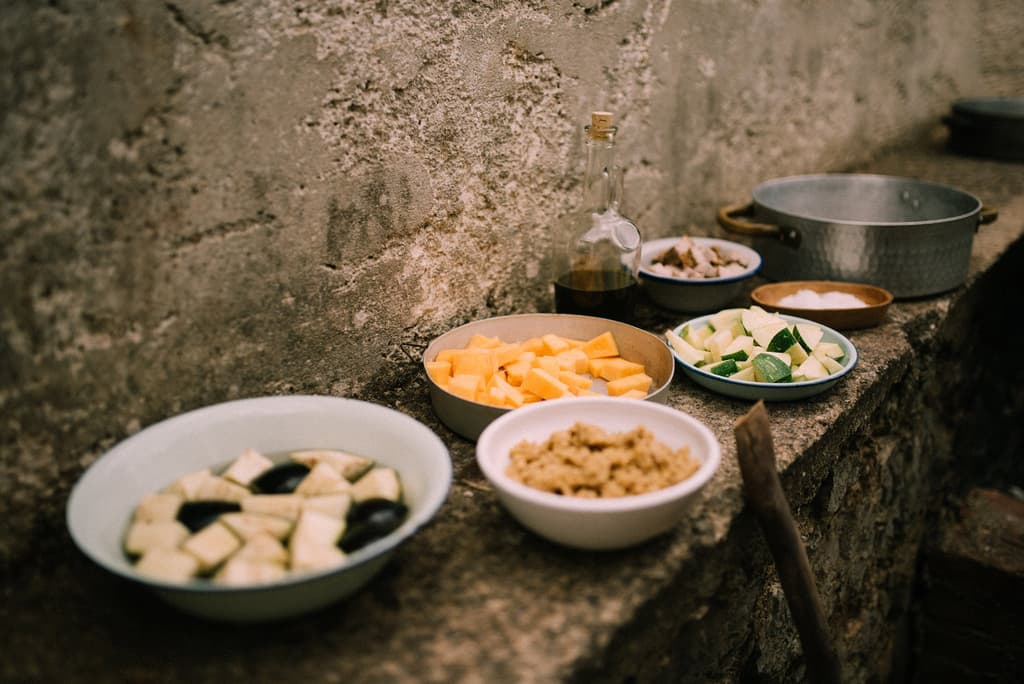
Apaki with Xinohondros and Vegetables

Chickpeas with Yachnera: A Delightful Dish
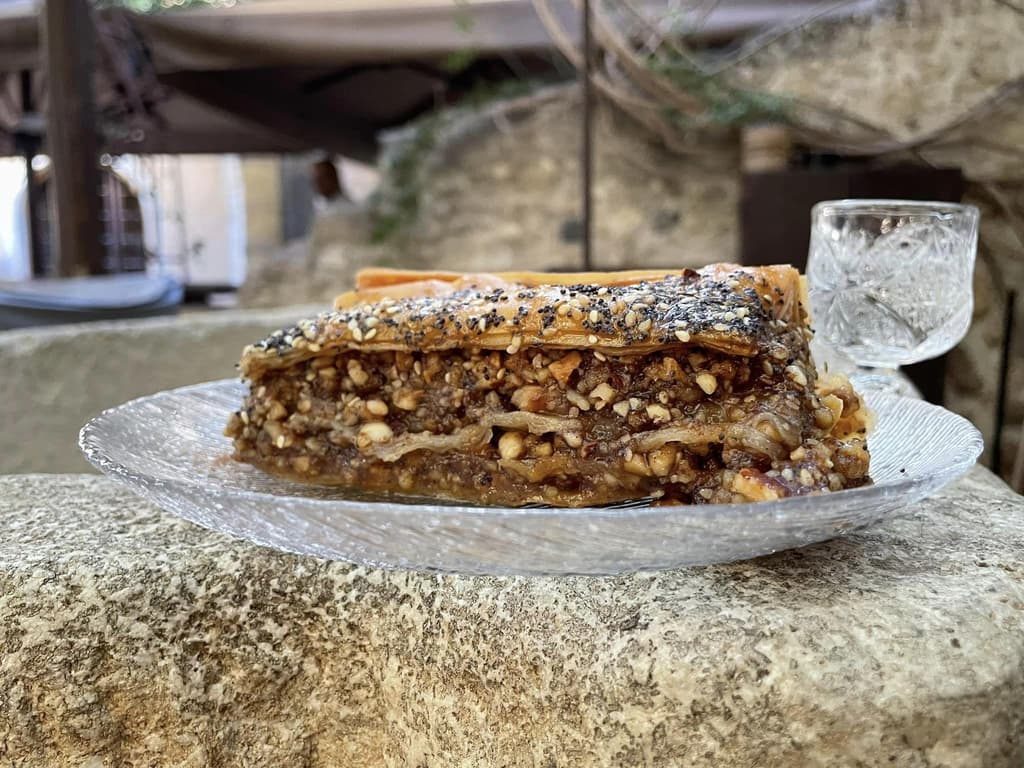
Gastrin

Fotokollyva
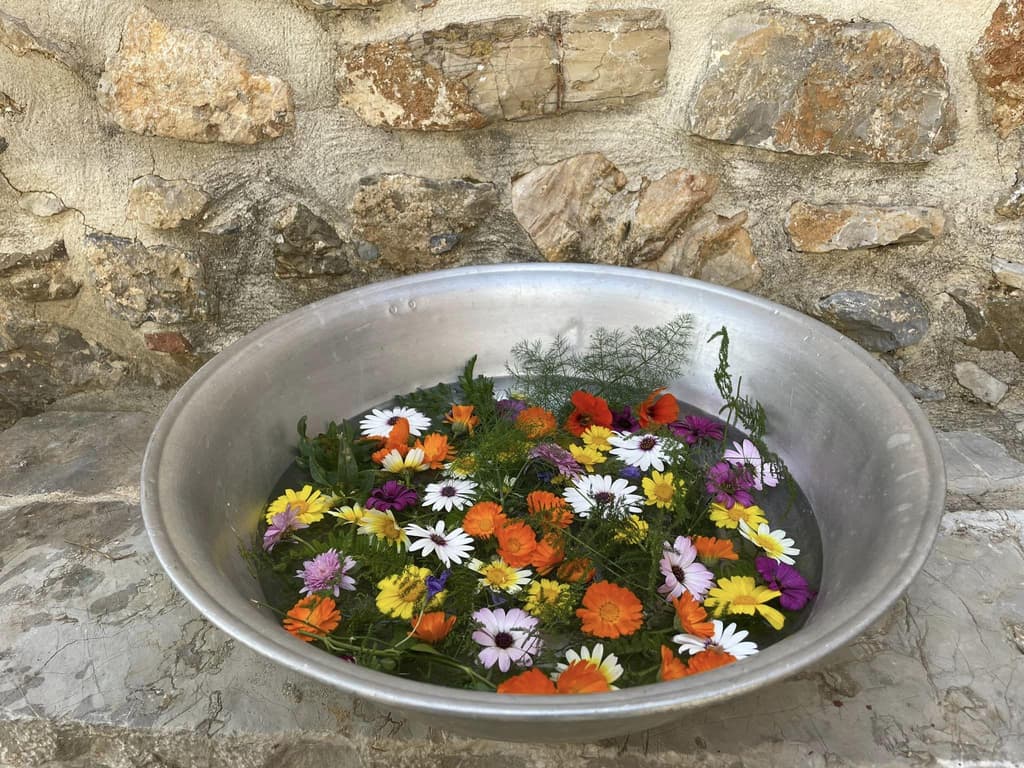
Dyeing Easter Eggs with Madder Root and Flower Blossoms

Biza or Manarolia Stew with Eggplants

Eftazymo Bread

Skioufichta Macarounia

Anevata Kalitsounia

Galatera

Sykomarides

Snails Stifado

Poppy Pies (Paparounopites)

Beetroot Salad

Bitter Orange Spoon Sweet (Nerantzi)

Loukoumia or Koubania

Fasouloryzo
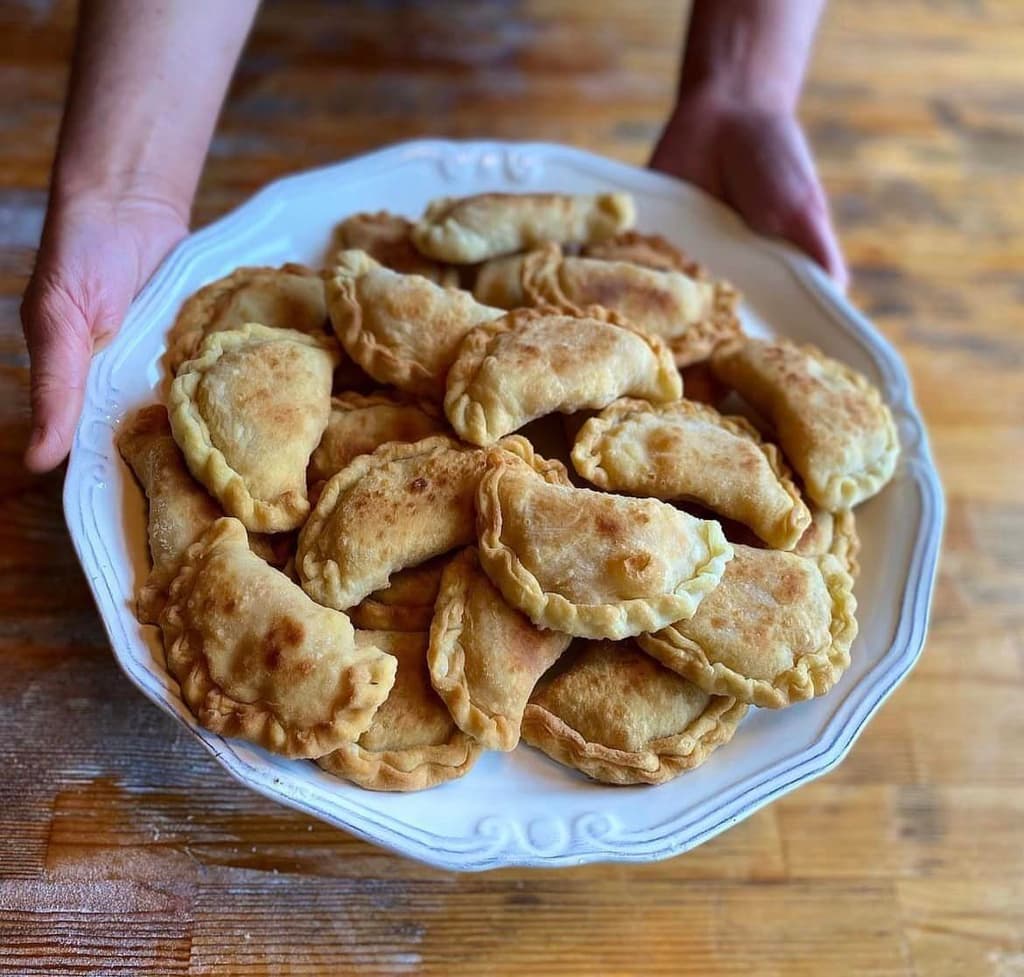
Pumpkin-Filled Pitarakia

Biza or Manarolia Stew with Eggplants
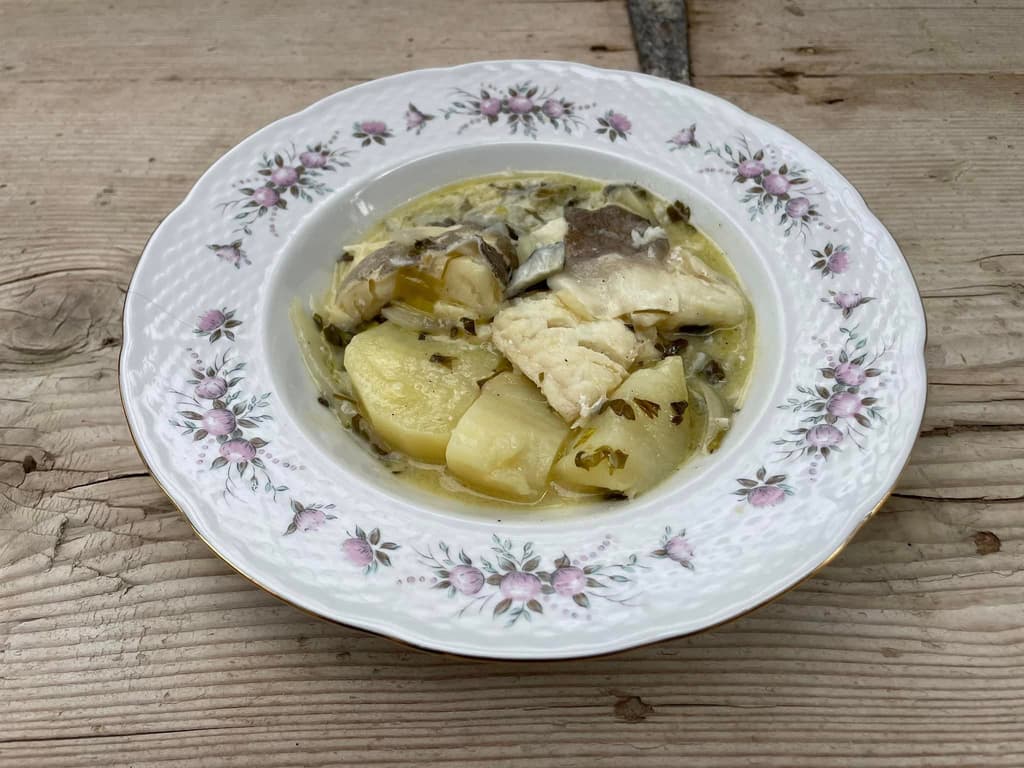
Salted Cod with Bitter Orange Sauce

